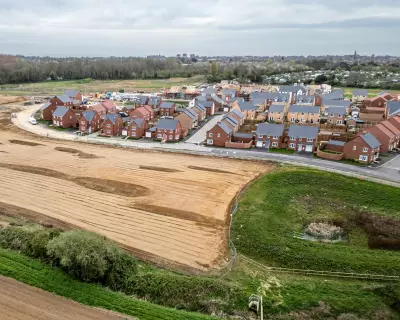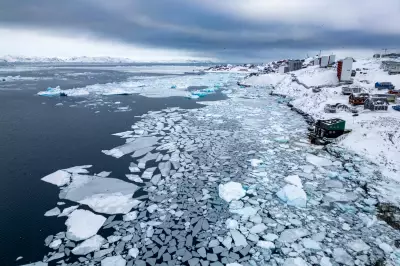
The Caribbean is reeling from the devastating impact of Hurricane Melissa, which has left a trail of destruction across the region with particularly severe consequences for Cuba and the Bahamas.
Cuban streets have been transformed into raging rivers as unprecedented flooding submerges urban areas, with water levels reaching alarming heights that have paralyzed entire communities. The scale of inundation has overwhelmed infrastructure and left many residents stranded.
Meanwhile, the Bahamas has been forced to implement large-scale emergency evacuations as the powerful storm system battered the islands with destructive winds and life-threatening storm surges. Emergency services have been working around the clock to move residents to safer ground.
A Region in Crisis
The aftermath reveals a landscape of devastation across multiple Caribbean nations. Critical infrastructure including power grids, communication networks, and transportation systems has suffered extensive damage, complicating rescue and recovery efforts.
Emergency response teams from across the region and international aid organisations have mobilised to assist affected communities, though challenging conditions continue to hamper their progress.
Climate Experts Sound Alarm
Meteorologists are describing Hurricane Melissa as one of the most powerful storm systems to hit the Caribbean this decade, raising further concerns among climate scientists about the increasing intensity of tropical storms in a warming world.
The extensive flooding in Cuba, particularly in low-lying coastal regions, underscores the vulnerability of island nations to extreme weather events exacerbated by climate change.
As recovery operations begin, the full extent of the damage is still being assessed, but early estimates suggest the storm will have long-lasting economic and humanitarian consequences for the affected regions.





